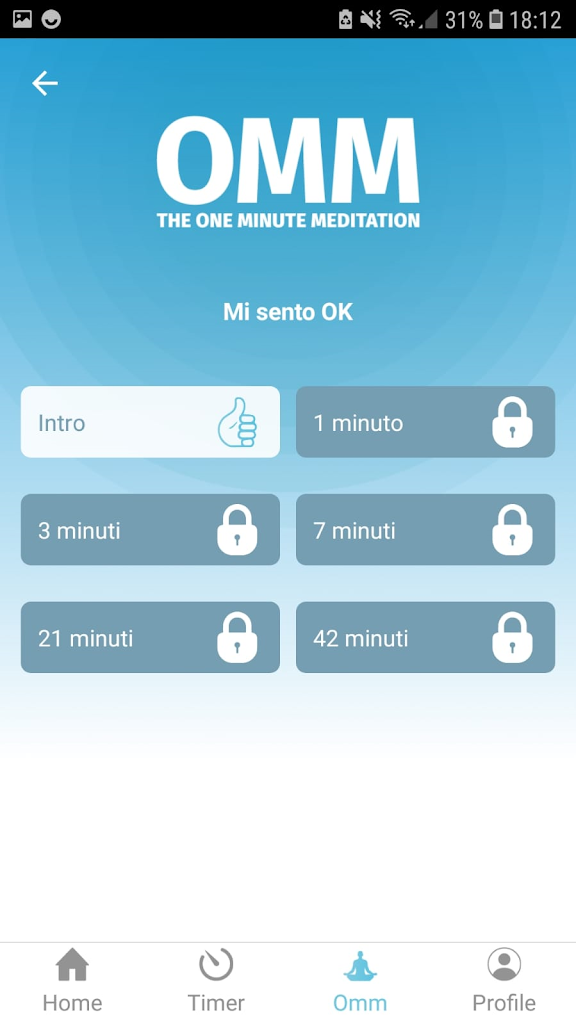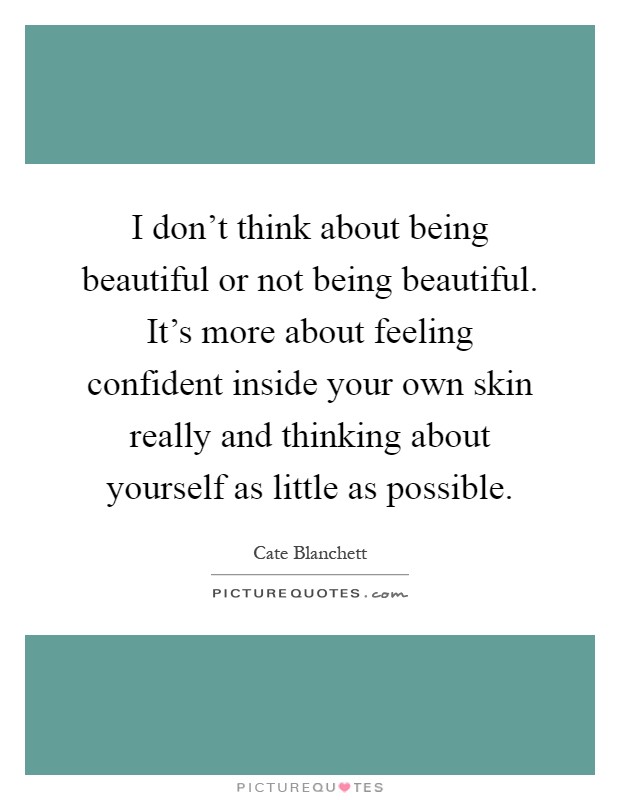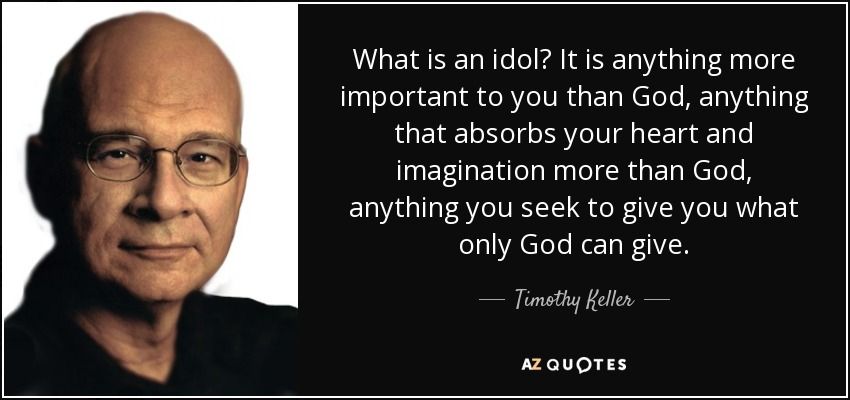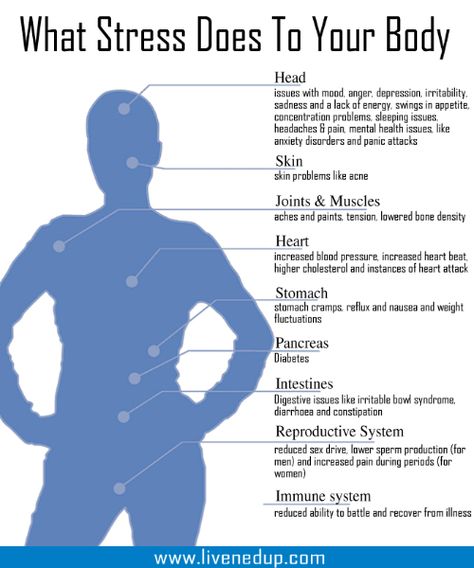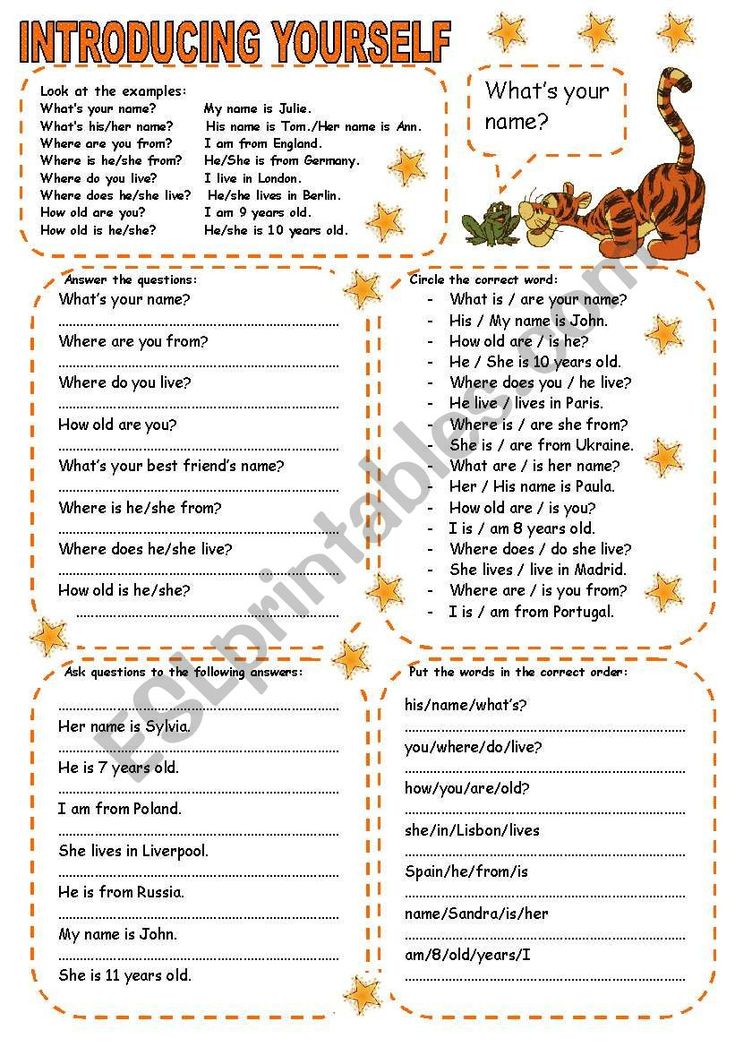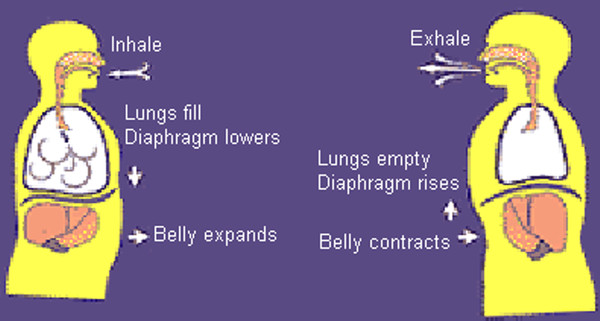1 minute meditation script
5 Mini Meditations You Can Do In 1 Minute
Creating "mindful minutes" can compliment a daily meditation practice that you might already have, or as a standalone practice. I have many students who prefer to accumulate these mindful minutes throughout their day, instead of sitting for extended periods of time. It's amazing how quickly they can start to add up!
Our attention is often scattered amidst myriad responsibilities like work, family and friends. But these mindful moments can offer reprieve, helping to combat stress and bring a greater sense of calm into our day, one minute at a time.
I suggest practicing these mini-meditations throughout the day when you are:
While you begin to solidify these new habits of bringing more mindfulness into your day, you sometimes may need a little reminder. Post a sticky note next to your computer that says “breathe” and whenever you look at it, use one of the following five techniques. Once you get used to these exercises, they eventually become a more natural part of your everyday routine.
Here are five mini-meditations you can do in one minute:
1. Match your inhales and exhales.
Take a comfortable breath in and count how long it takes you to do so. Most people reach a count of 3, 4 or 5. Keep in mind that the number isn’t important, so long as it is comfortable for you. Whatever number you reached on your inhale, match that number on your exhale. Repeat for one minute, setting a timer so you can focus on the exercise.
2. Count your breaths.
As you inhale, silently think 1, exhale 2, inhale 3, exhale 4 … all the way to 10. Repeat three times.
3. Do a short body scan.
Rest your attention on different parts of your body, starting with the top of your head and moving toward your toes. As you notice each one, focus your attention there and consciously relax that part of you. In a minute you should be able to do your scalp, eyes, cheeks, mouth, jaw, neck, shoulders, chest, arms, belly and legs.
4. Try the "Sweet 16" breath.
Inhale for a silent count of 4, hold for 4, exhale for 4, hold the exhale for 4. Repeat three times.
5. Practice belly breathing.
Take a nice long inhale and pretend you are blowing up a balloon in your stomach as you do so. Really feel your belly expanding as you breathe. You can even place one hand on your belly so as to feel the sensation of your belly expanding. Hold for a moment and slowly exhale all the air out of your balloon. Repeat for one minute, setting a timer if you need to.
As you can see, any minute can be made mindful one. As you exhale, think about releasing what is no longer serving you. Take the opportunity to exhale out any stress and anxiety you may feel. On the inhales, decide if you are bringing that same negativity back into your body, or if you are making a choice to invite peace, calm and joy into your day instead.
With each new breath comes another opportunity to choose, so I encourage you to make the most of it.
3 Simple Guided Meditation Scripts for Improving Wellbeing
Guided meditation is a great starting point for those new to meditation and a great way to refresh your practice if you are a seasoned meditator facing inner obstacles to meditation.
Even the most experienced meditators experience obstacles, such as excessive internal chatter, dozing off, or restlessness, on occasion. All meditators benefit from fresh guidance now and then.
This article describes the differences between guided and silent meditation, introduces three types of guided meditation scripts, and offers tips on how to offer guided meditation online.
Before you continue, we thought you might like to download our three Mindfulness Exercises for free. These science-based, comprehensive exercises will help you cultivate a sense of inner peace throughout your daily life and give you the tools to enhance the mindfulness of your clients, students, or employees.
This Article Contains:
- What Is Guided Meditation?
- How Can Guided Meditation Help Your Clients?
- 5 Best Guided Meditation Scripts
- How-To Guide for Beginners: 5 Ideas
- A Look at Loving-Kindness Meditation
- 5 Telehealth Tips for Meditation Through Zoom
- Resources From PositivePsychology.
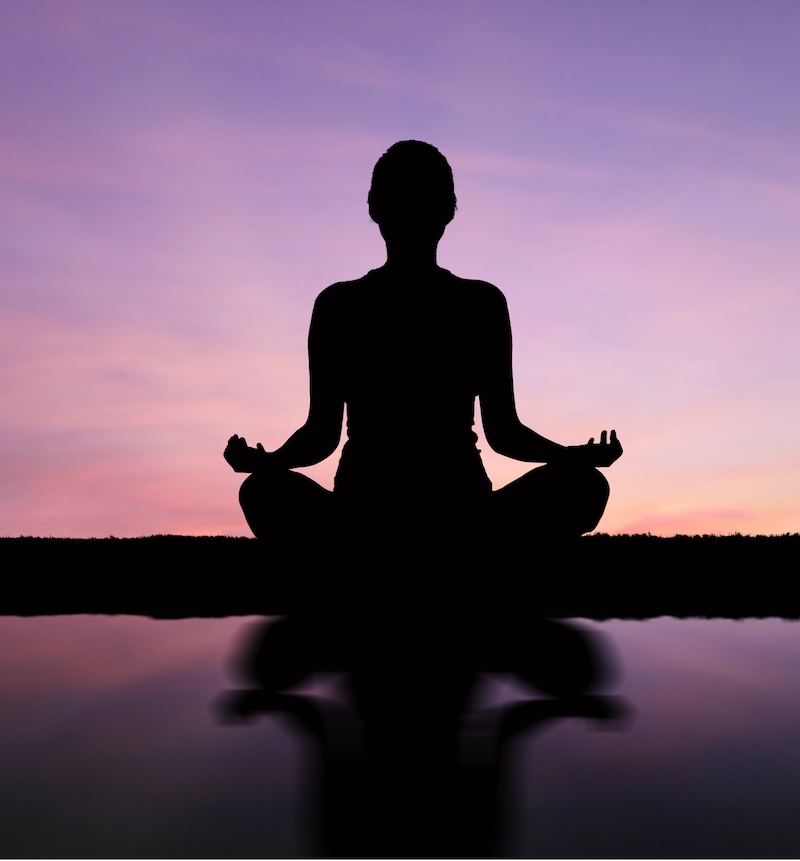 com
com - A Take-Home Message
- References
What Is Guided Meditation?
Guided meditation involves a relationship between a teacher, who guides the meditation using oral instructions, and the student, who is listening to learn meditation (Suzuki, 1970).
Typically, guided meditation is necessary for beginners, but seasoned meditators may also benefit from refreshing their practice by relaxing into a guided session with a beginner’s mind (Suzuki, 1970).
Guided meditation vs silent meditation
Guided meditation can be very useful for keeping meditators on track during meditation.
Guided meditations can include oral instructions about meditation posture, attention to the breath, body scanning techniques, and guided imagery or visualization. They can also include reciting mantras, expressing aspirations aloud, or chanting. They may include specific types of movements or activities conducted in a meditative way.
Meanwhile, silent meditation is generally recommended for seasoned meditators who have internalized previous meditation instructions and can now practice the techniques above without guidance.
Silent meditation can be practiced in groups and alone; guided meditation is always offered in the context of a relationship, even if that relationship is with an app or online audio or video.
How Can Guided Meditation Help Your Clients?
Guided meditation can be a valuable adjunct to therapy and counseling by providing a client with a sense of containment between sessions.
Mindfulness meditation has positive effects on health and wellbeing in several areas, including stress management (Davis & Hayes, 2012) and preventing relapse in those with depression and anxiety (Keng et al., 2011).
Other guided meditations such as loving-kindness meditation (LKM) and self-compassion meditation are effective methods of emotional regulation (Feliu-Soler et al., 2017) that can also enhance prosocial feelings (Bankard, 2015) and improve a sense of connectedness (Fredrickson et al., 2008).
LKM is effective at countering harsh inner criticism (Shahar et al.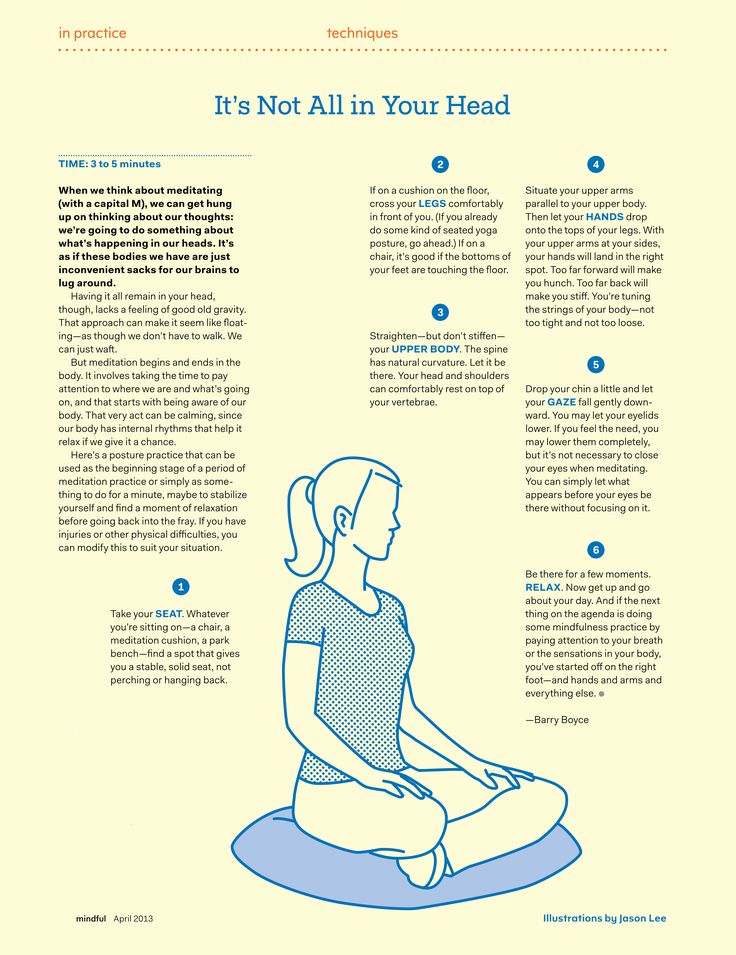 , 2015) and high expectations of others (Feliu-Soler et al., 2017). It is also effective for those experiencing PTSD symptoms (Kearney et al., 2013) and loss of meaningful connection, such as the bereaved and those recovering from addictions (Graser & Stangier, 2018; Hofmann et al., 2011).
, 2015) and high expectations of others (Feliu-Soler et al., 2017). It is also effective for those experiencing PTSD symptoms (Kearney et al., 2013) and loss of meaningful connection, such as the bereaved and those recovering from addictions (Graser & Stangier, 2018; Hofmann et al., 2011).
Guided kindness-based meditations in general, including loving-kindness and compassion meditation, enhance empathy, perspective taking, and self–other discrimination (Mascaro et al., 2015). These skills are crucial for maintaining and developing relationships of all kinds.
How can meditation ease anxiety?
Guided mindfulness meditation can alleviate mild-to-moderate anxiety in people with generalized anxiety disorder (Hoge et al., 2013), is a useful intervention in anxiety in adolescents (Blum et al., 2019), and can ease anxiety symptoms associated with depression (Edenfield & Saeed, 2012; Hofmann et al., 2010; Takahashi et al., 2019).
It can also alleviate the anxiety caused by stress (Corliss, 2014; Goyal et al.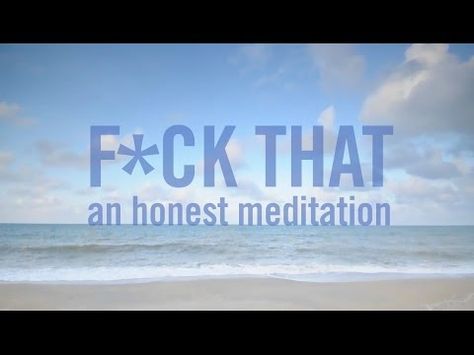 , 2014; Ratanasiripong et al., 2015; Zeidan et al., 2014).
, 2014; Ratanasiripong et al., 2015; Zeidan et al., 2014).
Below is a short 10-minute mindfulness meditation for anxiety that you can offer your clients. Additional short scripts are offered in the script section.
Other forms of guided meditation can soothe anxiety and provide a sense of containment by using mantras, visualization, and sound (Chen et al., 2012). For example, transcendental meditation (TM) uses Sanskrit mantra recitation, and a large body of research has documented TM’s success in alleviating mild-to-moderate anxiety (Orme-Johnson & Barnes, 2014).
Below is a 15-minute guided mantra-based meditation for anxiety by Deepak Chopra.
Can it induce relaxation and sleep?
Guided mindfulness meditation can help practitioners relax and alleviate insomnia and other sleeping disorders (Neuendorf et al., 2015; Ong et al., 2014; Rusch et al., 2019), especially in older people (Perini et al., 2021).
Try this guided mindfulness meditation for relaxation and sleep offered by Mindful Peace.
Is guided meditation helpful for kids?
A recent systematic review of research conducted on the effects of guided mindfulness and affect-based meditations found that both types of guided meditation benefited kids (Filipe et al. , 2021).
, 2021).
Mindfulness meditation improved cognitive and socio-emotional outcomes, whereas affect-based guided meditations like LKM improved social–emotional skills, including kindness, self-care, and perspective taking. Neither type of guided meditation impacted children’s academic outcomes.
You can read more about mindfulness for kids in our related article. Try playing this New Horizons 10-minute guided mindfulness meditation to your kids to see the results.
5 Best Guided Meditation Scripts
To share the benefits of guided meditation with your clients, try one of these meditation scripts in the links below.
1.
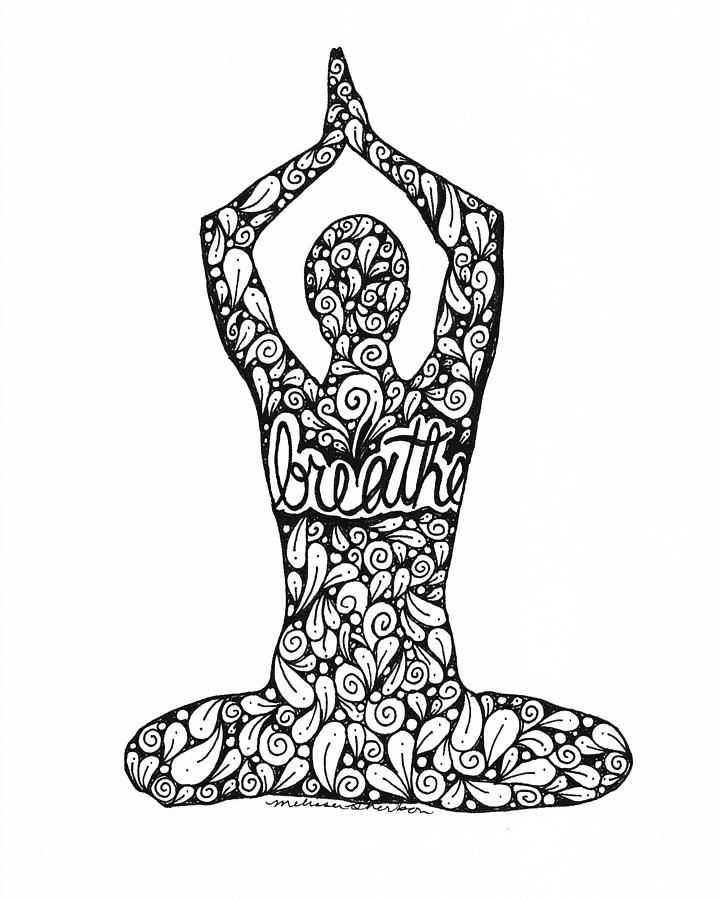 Mindfulness of breathing meditations
Mindfulness of breathing meditationsMindfulness meditation has a vast evidence base demonstrating its health benefits according to a recent meta-analysis of 55 years of research (Baminiwatta & Solangaarachchi, 2021).
Breath Awareness
Download our short, guided six-step mindfulness of the breath meditation.
Three Steps to Deep Breathing
Download our Three Steps to Deep Breathing meditation script.
Yogic Breathing
Access our Yogic Breathing mindfulness meditation script here.
2. Loving-kindness meditation
Below is a short script devised to deliver loving-kindness meditation in person and online. We suggest taking a three-second pause between each line if you use it with a client in a session. For an idea of pacing, play this guided 10-minute LKM video by Declutter the Mind.
Posture instructions:
Before beginning the practice, please find a comfortable posture that will help keep your spine straight, either seated or lying down, wherever is comfortable.
Next, notice where you place your hands. If seated, support them in your lap or by placing them gently palms down on your knees. If lying down, place them by your side in the yoga corpse pose.
Now, breathe naturally as we shall begin the meditation.
[bell/gong]
Practice script:
Imagine a dearly loved person sitting opposite you and that a white light connects you heart to heart. Connect with the feelings of affection and warmth you have for them.
Enjoy the feelings as they fill your body.
Next, slowly focus on the phrase, ‘May I be well, happy, and peaceful,’ feeling the warmth of loving-kindness filling your body…
And send these feelings to your friend.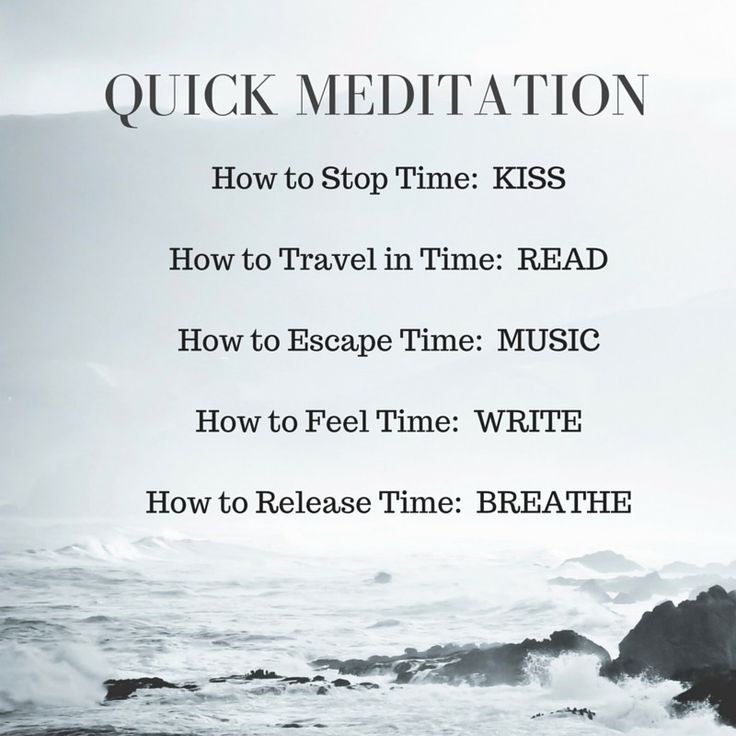 ‘May you be well, happy, and peaceful…’
‘May you be well, happy, and peaceful…’
Breathing naturally… As the light connects you, heart to heart.
‘May I be well, happy and peaceful…’
‘May you be well, happy, and peaceful…’
Feel yourselves bathed in the warmth and light of loving-kindness… while repeating these phrases, silently… (mentally recite for two minutes).
Remember to breathe naturally, as the white light connects you both, heart to heart, and continue. ‘May I be well, happy, and peaceful… May you be well, happy, and peaceful…’
Next, remembering to breathe naturally, imagine the white light between you becoming a circle of light around you both.
The light is bathing you in the warmth and peace of loving-kindness that you radiate out to your surroundings…
Including all beings, from the smallest insect to the largest animal… and out into the universe.
See yourself and your friend radiating the light of loving-kindness out into infinity… ‘May we be well, happy, and peaceful. May all beings be well, happy, and peaceful…’
May all beings be well, happy, and peaceful…’
Breathing naturally, repeat these phrases, silently. ‘May we be well, happy. and peaceful… May all beings be well, happy, and peaceful…’ (mentally recite this for two minutes).
Now, enjoy the feelings of warmth and expansion in your body… Recognize the feelings that flow from your heart out into the universe… and the universal friendliness reflected in your own heart…
‘May we be well, happy, and peaceful. May all beings be well, happy, and peaceful…’ (mentally recite this for one minute).
As you continue to bathe in the warmth of loving-kindness… turn your attention to your body and notice your feelings and sensations… Notice ‘what’ is observing your body… and recognize that awareness… a peaceful, still part of you, that witnesses everything, without judgment…
Breathe naturally…
And slowly open your eyes.
3. Compassion meditation
This is a script devised for in-person and online delivery, starting with the same posture guidelines as the above LKM. In addition, it uses the same template based on the four Buddhist Brahma Viharas, which consist of loving-kindness, compassion, appreciative joy, and equanimity.
In addition, it uses the same template based on the four Buddhist Brahma Viharas, which consist of loving-kindness, compassion, appreciative joy, and equanimity.
For an idea of how to pace this guided meditation, watch this 10-minute Growing Compassion Meditation by Dr. Elisha Goldstein.
Posture instructions:
Before beginning the practice, please find a comfortable posture that will help keep your spine straight, either seated or lying down, wherever is comfortable.
Next, notice where you place your hands. If seated, support them in your lap or by placing them gently palms down on your knees. If lying down, place them by your side in the yoga corpse pose.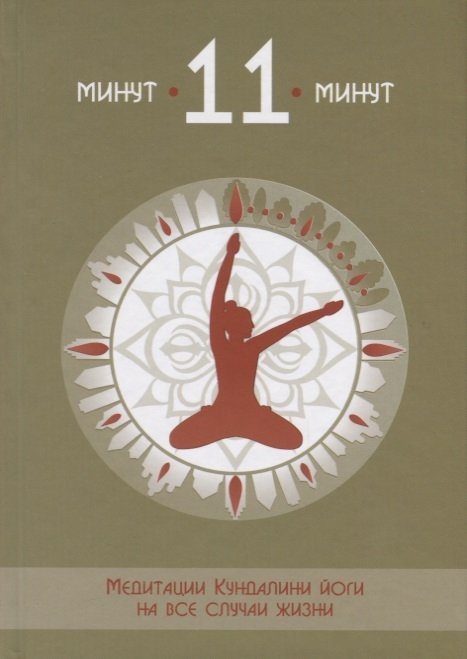
Now, breathe naturally as we shall begin the meditation.
[bell/gong]
Practice script:
Breathing naturally… Imagine a dear friend or loved one you know to be suffering right now, perhaps a sick family member or a friend with problems, and imagine a light at your heart that connects with the heart of your friend.
Breathing naturally, as the white light connects you, heart to heart, send compassion to them, saying, ‘May you be free of suffering and its causes…’
Feel yourselves bathed in the gentle light of compassion… while repeating these phrases, silently…
‘May I be free of suffering and its causes. May you be free of suffering and its causes…’ (recite mentally for two minutes)
Remember to breathe naturally, as the white light connects you both, heart to heart, and continue.
‘May I be free of suffering and its causes. May you be free of suffering and its causes…’
Next, remembering to breathe naturally, see the white light connecting your hearts becoming a circle of light around you both.
The light is bathing you in the gentle light of compassion that you radiate out to your surroundings…
See yourself and your friend radiating the light of compassion out into infinity… ‘May we be free of suffering and its causes. May all beings be free of suffering and its causes…’
Breathing naturally, repeat these phrases, silently. ‘May we be free of suffering and its causes. May all beings be free of suffering and its causes…’ (mentally recite this for two minutes).
Now, enjoy the soft gentle glow in your body… See compassion flowing from your heart out into the universe… and compassion reflected in your own heart…
‘May we be free of suffering and its causes. May all beings be free of suffering and its causes…’ (recite mentally for one minute).
As you continue to bathe in the soft glow of compassion… turn your attention to your body and notice your feelings and sensations… Notice the part of you that is observing your body… and recognize that awareness… a peaceful, still part of you, that witnesses everything, without judgment…
Breathe naturally…
And slowly open your eyes.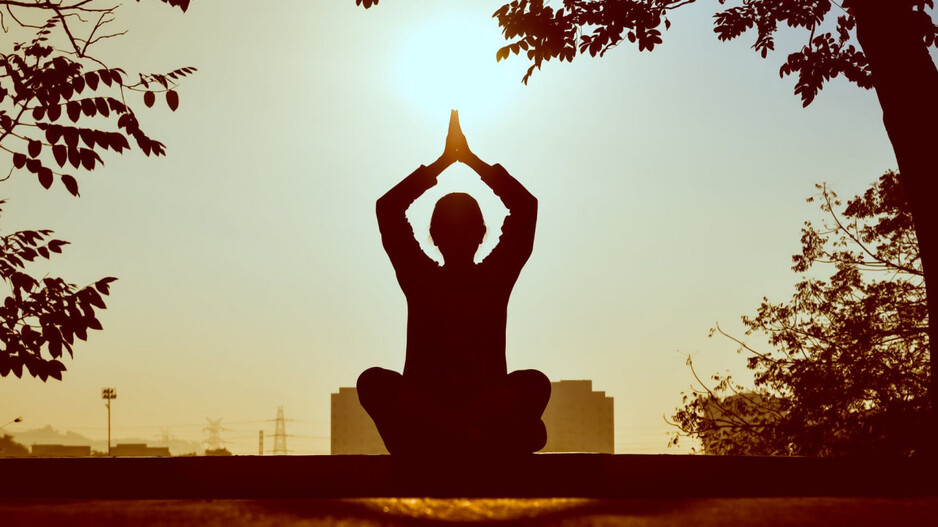
How-To Guide for Beginners: 5 Ideas
Guiding others in meditation can feel daunting at first, but it is just like taking a client through any other exercise. Here are five tips for guiding:
- Familiarize yourself with meditation postures (Shah, 2020), typically lying down or sitting. It is important to keep the spine straight, the hands supported, and the body relaxed.
- Ensure you know the practice yourself well before guiding others. Your degree of familiarity with the practice will be conveyed by the quiet confidence of your guidance.
- Pace your guidance properly. Ensure your delivery gives your client enough time to digest and practice your instructions as they unfold without too much repetition or silence, as both can lead to drowsiness or restlessness depending on a client’s temperament. Open and close your meditation session after checking posture with a soft bell or gong.
- Keep your tone of voice calm and measured.
 Some people are naturally endowed with a soothing voice, others can practice by recording themselves first.
Some people are naturally endowed with a soothing voice, others can practice by recording themselves first. - Consider recording your guided meditation and practicing with your client together. This will give you more control initially and help you build confidence to guide your clients in person in the future. You can also share your client’s experience more directly if you practice together.
A Look at Loving-Kindness Meditation
LKM has roots in the ancient Buddhist practice of the Brahma Viharas (Frondsal, n.d.), also called the four immeasurables. Loving-kindness is the English translation of the Pali term metta, the first of the four practices.
The Buddha is said to have taught metta to the monks who were afraid of sprites (malevolent spirits) when meditating in the forest (Trafford, 2020). Their fear undermined their ability to concentrate and practice.
The Buddha taught that the cultivation of metta attracted the outward protection of the devas, or benevolent divinities (Access to Insight, 2013), who repel negative spirits that disturb and distract the mind, protecting an inward practice.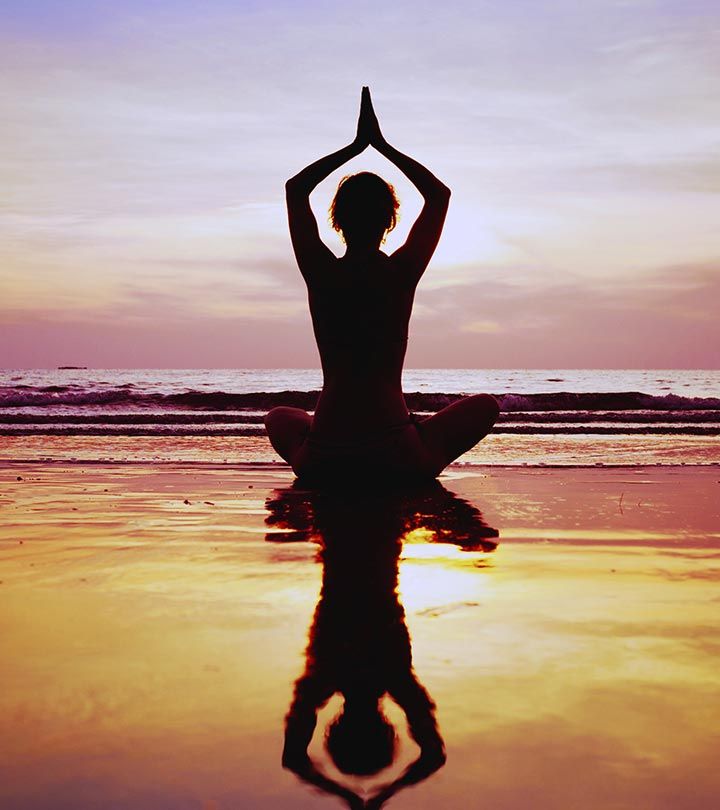
LKM has since developed into a popular guided meditation practice and become the subject of a growing body of scientific research. Some findings have supported the Buddha’s original claims about the power of metta to positively transform a meditator’s perceptions of reality (Vieten et al., 2018).
For further information on recent research and clinical applications, take a look at our dedicated Loving-Kindness Meditation article.
5 Telehealth Tips for Meditation Through Zoom
Here are five telehealth tips when guiding meditation via teleconference, paying special attention to the importance of modeling when guiding meditation.
- Ensure you can be fully viewed guiding and modeling a suitable meditation posture, rather than head and shoulders only. Try out the best position using your web camera or phone and the recording facility beforehand.
- Ensure your surroundings are calm, well lit, and free of visual distractions.
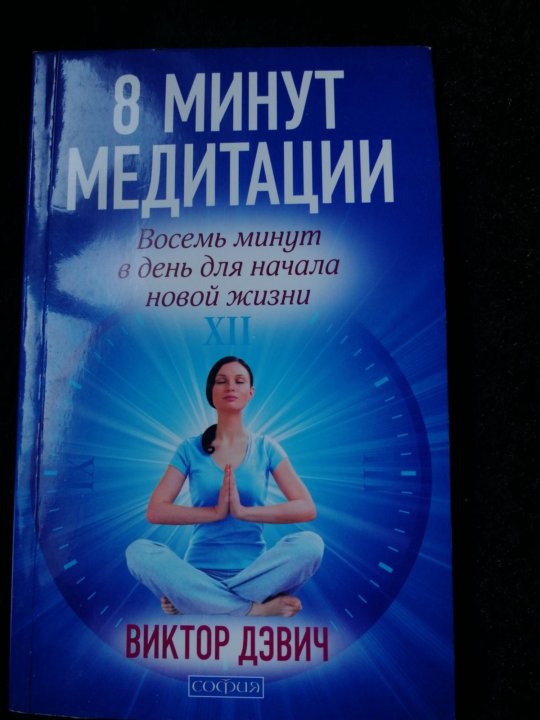 Wear appropriate clothing for meditation and yoga practice that is loose, roomy, and plain to prevent distractions.
Wear appropriate clothing for meditation and yoga practice that is loose, roomy, and plain to prevent distractions. - Wear a Bluetooth wireless microphone clipped to your collar so that you can move freely without losing audio contact. Always ensure that you can be seen and heard properly before you begin.
- After checking on posture, begin and end your guided meditation using a traditional bell or gong.
- Ask for feedback about your videoconference session for ideas on how to improve the experience.
Resources From PositivePsychology.com
Our site has many resources on mindfulness meditation based on the latest scientific research in the field, including this collection of 17 Mindfulness & Meditation Exercises for professionals.
Containing the highest rated tools taken from the Positive Psychology Toolkit©, the tools are rooted in science, drawn from the latest research and insights from the field of positive psychology, and include references, practical advice, and detailed descriptions of how to use them.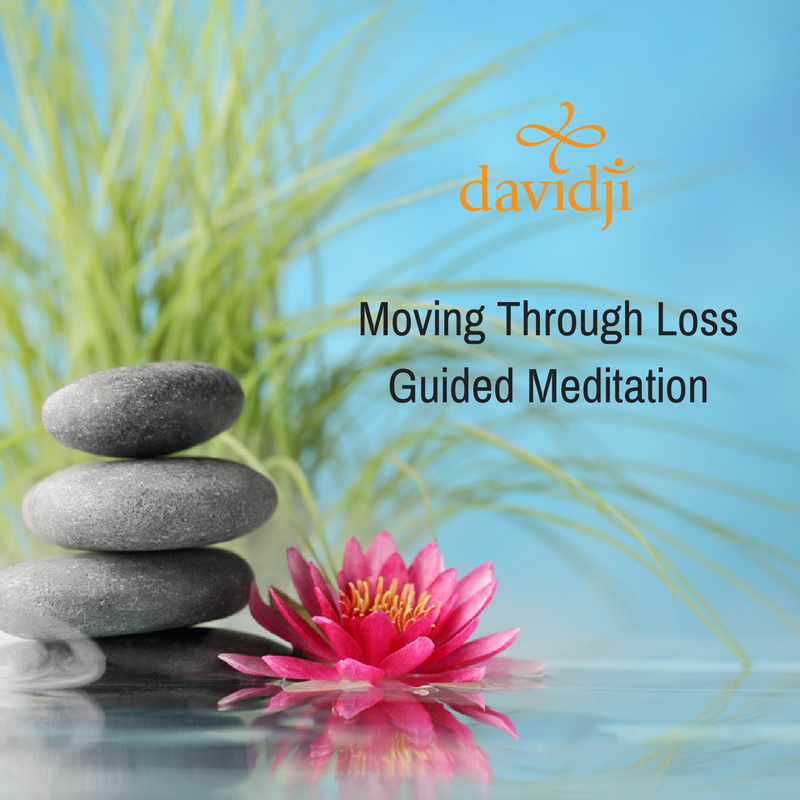
Interesting examples include the Cooking Mindfully exercise, which helps your clients develop mindfulness and savoring skills with cooking, eating, and beyond, as well as a selection of helpful audio scripts.
Another highly recommended resource is the Mindfulness X© bundle. It offers a complete eight-session training program in mindfulness-based interventions that include meditations and simple awareness exercises. It is the go-to tool if you are dedicated to improving the mindfulness of others.
A Take-Home Message
Guided meditations of all kinds are rooted in ancient contemplative practices of increasing interest to researchers in the fields of medicine, psychology, and neuroscience.
Guided meditation includes a range of approaches, such as mindfulness, affect-based meditations like LKM, and mantra-based meditation like TM.
Short, guided meditations can provide useful support to clients between therapy and counseling sessions by helping them to manage stress, anxiety, sleeping problems, and difficult emotions.
We hope you enjoyed reading this article. Don’t forget to download our three Mindfulness Exercises for free.
- Access to Insight. (2013, November 2) Karaniya Metta Sutta: The Buddha’s words on loving-kindness (Sn. 1.8). Translated from the Pali by The Amaravati Sangha. Retrieved January 4, 2022, from http://www.accesstoinsight.org/tipitaka/kn/snp/snp.1.08.amar.html
- Baminiwatta, A., & Solangaarachchi, I. (2021). Trends and developments in mindfulness research over 55 years: A bibliometric analysis of publications indexed in Web of Science. Mindfulness 12, 2099–2116.
- Bankard, J. (2015). Training emotion cultivates morality: How loving-kindness meditation hones compassion and increases prosocial behavior. Journal of Religion and Health 54(6), 2324–2343.
- Blum, H., Rutt, C., Nash, C., Joyce, V., & Buonopane, R. (2019). Mindfulness meditation and anxiety in adolescents on an inpatient psychiatric unit.
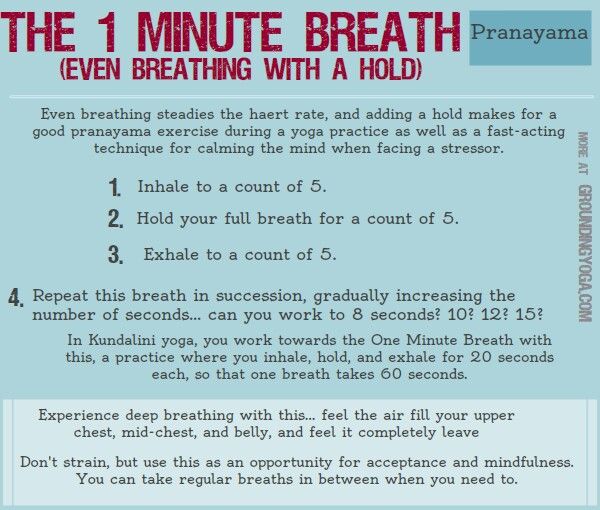 Journal of Health Care Chaplaincy, 27(2), 65–83.
Journal of Health Care Chaplaincy, 27(2), 65–83. - Chen, K. W., Berger, C. C., Manheimer, E., Forde, D., Magidson, J., Dachman, L., & Lejuez, C. W. (2012). Meditative therapies for reducing anxiety: A systematic review and meta-analysis of randomized controlled trials. Depression and Anxiety, 29(7), 545–562.
- Corliss, J. (2014, January 8). Mindfulness meditation may ease anxiety, mental stress. Harvard Health Blog, Harvard Health Publishing. Retrieved January 4, 2022, from https://www.health.harvard.edu/blog/mindfulness-meditation-may-ease-anxiety-mental-stress-201401086967
- Davis, D. M., & Hayes, J. A. (2012). What are the benefits of mindfulness? Monitor on Psychology, 43(7), 64.
- Edenfield T. M., & Saeed, S. A., (2012). An update on mindfulness meditation as a self-help treatment for anxiety and depression. Psychology Research and Behavior Management, 5, 131–141.

- Feliu-Soler, A., Pascual, J. C., Elices, M., Martín-Blanco, A., Carmona, C., Cebolla, A., Simón, V., & Soler, J. (2017). Fostering self-compassion and loving-kindness in patients with borderline personality disorder: A randomized pilot study. Clinical Psychology and Psychotherapy, 24, 278–286.
- Filipe, M. G., Magalhães, S., Veloso, A. S., Costa, A. F., Ribeiro, L., Araújo, P., Castro, S. L., & Limpo, T. (2021). Exploring the effects of meditation techniques used by mindfulness-based programs on the cognitive, social-emotional, and academic skills of children: A systematic review. Frontiers in Psychology, 12.
- Fredrickson, B. L., Cohn, M. A., Coffey, K. A., Pek, J., & Finkel, S. M. (2008). Open hearts build lives: Positive emotions, induced through loving-kindness meditation, build consequential personal resources. Journal of Personality and Social Psychology, 95(5), 1045–1062.
- Frondsal, G.
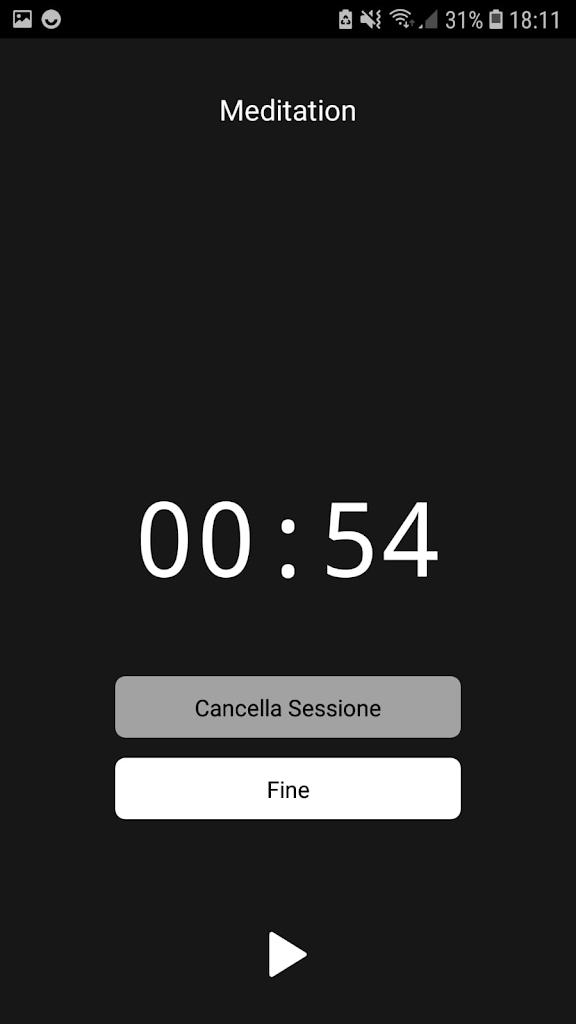 (n.d.). The four faces of love: The Brahma Viharas. Insight Meditation Center. Retrieved January 3, 2022, from https://www.insightmeditationcenter.org/books-articles/the-four-faces-of-love-the-brahma-viharas/
(n.d.). The four faces of love: The Brahma Viharas. Insight Meditation Center. Retrieved January 3, 2022, from https://www.insightmeditationcenter.org/books-articles/the-four-faces-of-love-the-brahma-viharas/ - Goyal, M., Singh, S., Sibinga, E. M., Gould, N. F., Rowland-Seymour, A., Sharma, R., Berger, Z., Sleicher, D., Maron, D. D., Shihab, H. M., Ranasinghe, P. D., Linn, S., Saha, S., Bass, E. B., & Haythornthwaite, J. A. (2014). Meditation programs for psychological stress and well-being: A systematic review and meta-analysis. JAMA Internal Medicine, 174(3), 357–368.
- Graser, J., & Stangier, U. (2018). Compassion and loving-kindness meditation: An overview and prospects for the application in clinical samples. Harvard Review of Psychiatry, 26(4), 201–215.
- Hofmann, S. G., Sawyer, A. T., Witt A. A., & Oh, D. (2010). The effect of mindfulness-based therapy on anxiety and depression: A meta-analytic review.
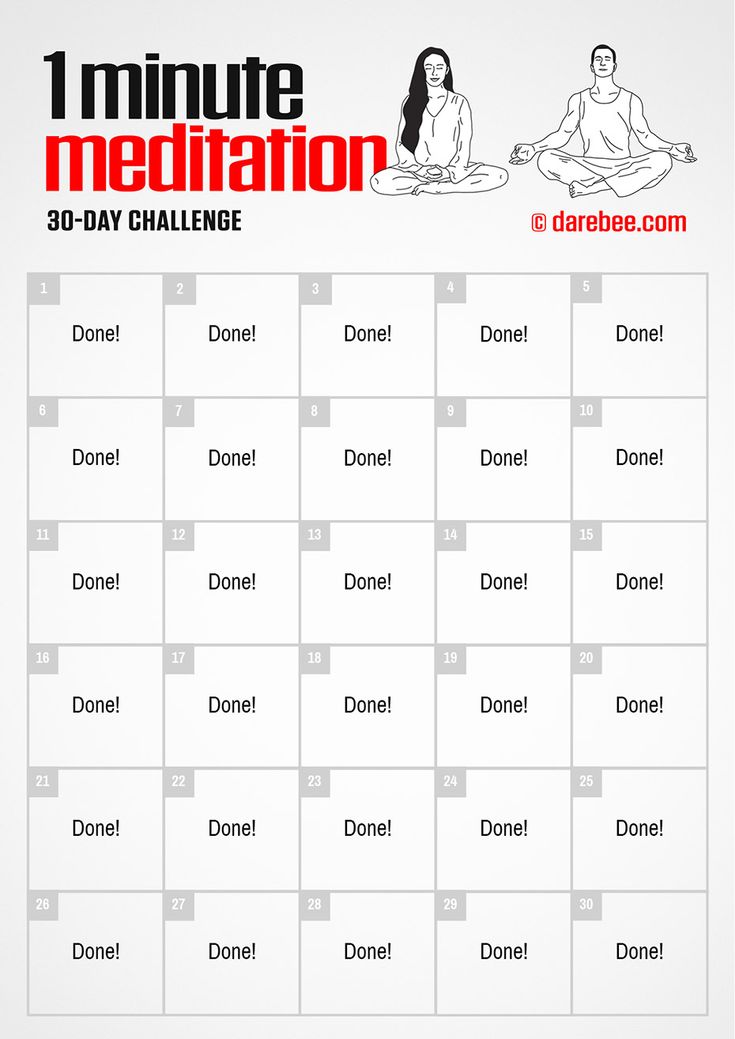 Journal of Consulting and Clinical Psychology, 78(2), 169–183.
Journal of Consulting and Clinical Psychology, 78(2), 169–183. - Hofmann, S. G., Grossman, P., & Hinton, D. E. (2011). Loving-kindness and compassion meditation: Potential for psychological interventions, Clinical Psychology Review, 31(7), 1126–1132.
- Hoge, E. A., Bui, E., Marques, L. Metcalf, C. A., Morris, L. K., Robinaugh, D. J., Worthington, J. J., Pollack, M. H., & Simon, N. M. (2013). Randomized controlled trial of mindfulness meditation for generalized anxiety disorder: Effects on anxiety and stress reactivity. Journal of Clinical Psychiatry, 74(8),786–792.
- Kearney, D. J., Malte, C. A., McManus, C., Martinez, M. E., Felleman, B., & Simpson, T. L. (2013). Loving-kindness meditation for posttraumatic stress disorder: A pilot study. Journal of Traumatic Stress, 26, 426–434.
- Keng, S. L., Smoski, M. J., & Robins, C. J. (2011). Effects of mindfulness on psychological health: A review of empirical studies.
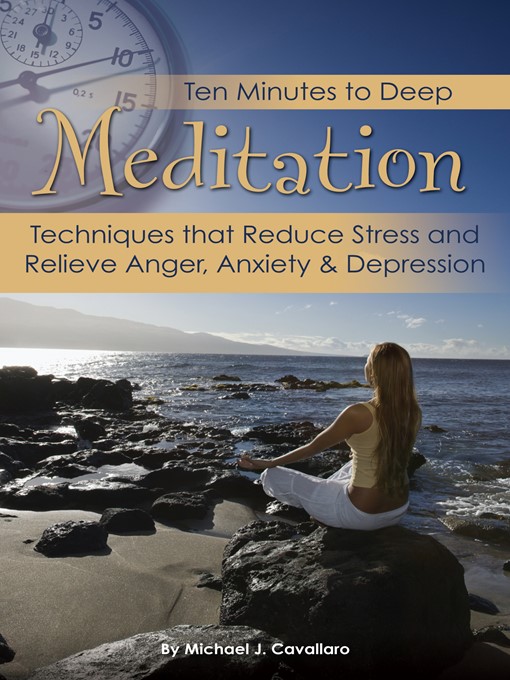 Clinical Psychology Review, 31(6), 1041–1056.
Clinical Psychology Review, 31(6), 1041–1056. - Mascaro, J. S., Darcher, A., Negi, L. T., & Raison, C. L. (2015). The neural mediators of kindness-based meditation: A theoretical model. Frontiers in Psychology 12(6), 109.
- Neuendorf, R., Wahbeh, H., Chamine, I., Yu, J., Hutchison, K., & Oken, B. S. (2015). The effects of mind-body interventions on sleep quality: A systematic review. Evidence-Based Complementary and Alternative Medicine, 902708.
- Ong, J. C., Manber, R., Segal, Z., Xia, Y., Shapiro, S., & Wyatt, J. K. (2014). A randomized controlled trial of mindfulness meditation for chronic insomnia, Sleep, 37(9), 1553–1563.
- Orme-Johnson, D. W., & Barnes, V. A. (2014). Effects of the transcendental meditation technique on trait anxiety: A meta-analysis of randomized controlled trials. Journal of Alternative and Complementary Medicine, 20(5), 330–341.
- Perini, F.
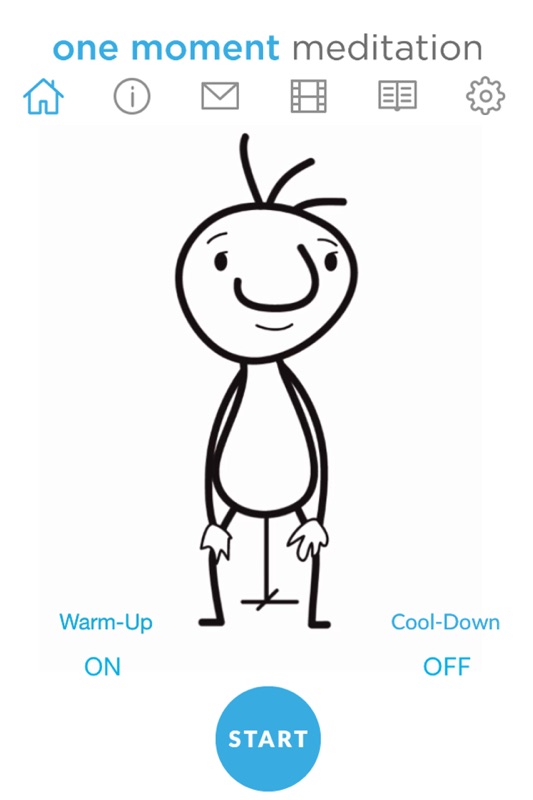 , Wong, K. F., Lin, J., Hassirim, Z., Ong, J. L., Lo, J., Ong, J. C., Doshi, K., & Lim, J. (2021). Mindfulness-based therapy for insomnia for older adults with sleep difficulties: A randomized clinical trial. Psychological Medicine, 1–11.
, Wong, K. F., Lin, J., Hassirim, Z., Ong, J. L., Lo, J., Ong, J. C., Doshi, K., & Lim, J. (2021). Mindfulness-based therapy for insomnia for older adults with sleep difficulties: A randomized clinical trial. Psychological Medicine, 1–11. - Ratanasiripong, P., Park, J. F., Ratanasiripong, N., & Kathalae, D. (2015). Stress and anxiety management in nursing students: Biofeedback and mindfulness meditation. Journal of Nurse Education, 54(9), 520–524.
- Rusch, H. L., Rosario, M., Levison, L. M., Olivera, A., Livingston, W. S., Wu, T., & Gill, J. M. (2019). The effect of mindfulness meditation on sleep quality: A systematic review and meta-analysis of randomized controlled trials. Annals of the New York Academy of Sciences, 1445(1), 5–16.
- Shah, S. (2020). The 4 best meditation positions — and why your posture is important. Insider. Retrieved January 3, 2022, from https://www.insider.com/best-posture-for-meditation
- Shahar, B.
 , Szepsenwol, O., Zilcha-Mano, S., Haim, N., Zamir, O., Levi-Yeshuvi, S., & Levit-Binnun, N. (2015). A wait-list randomized controlled trial of loving-kindness meditation programme for self-criticism. Clinical Psychology and Psychotherapy, 22, 346–356.
, Szepsenwol, O., Zilcha-Mano, S., Haim, N., Zamir, O., Levi-Yeshuvi, S., & Levit-Binnun, N. (2015). A wait-list randomized controlled trial of loving-kindness meditation programme for self-criticism. Clinical Psychology and Psychotherapy, 22, 346–356. - Suzuki, S. (1970). Zen mind, beginner’s mind. Informal talks on Zen meditation and practice. Weatherhill.
- Takahashi, T., Sugiyama, F., Kikai, T., Kawashima, I., Guan, S., Oguchi, M., Uchida, T., & Kumano, H. (2019). Changes in depression and anxiety through mindfulness group therapy in Japan: The role of mindfulness and self-compassion as possible mediators. BioPsychoSocial Medicine, 13, 4.
- Trafford, P. (2020, April 12). Commentarial illumination on the Karaṇīya Mettā Sutta. Paul Trafford’s blog. Retrieved January 4, 2022, from https://paultrafford.blogspot.com/2020/04/commentarial-illumination-on-karaniya.html
- Vieten, C., Wahbeh, H.
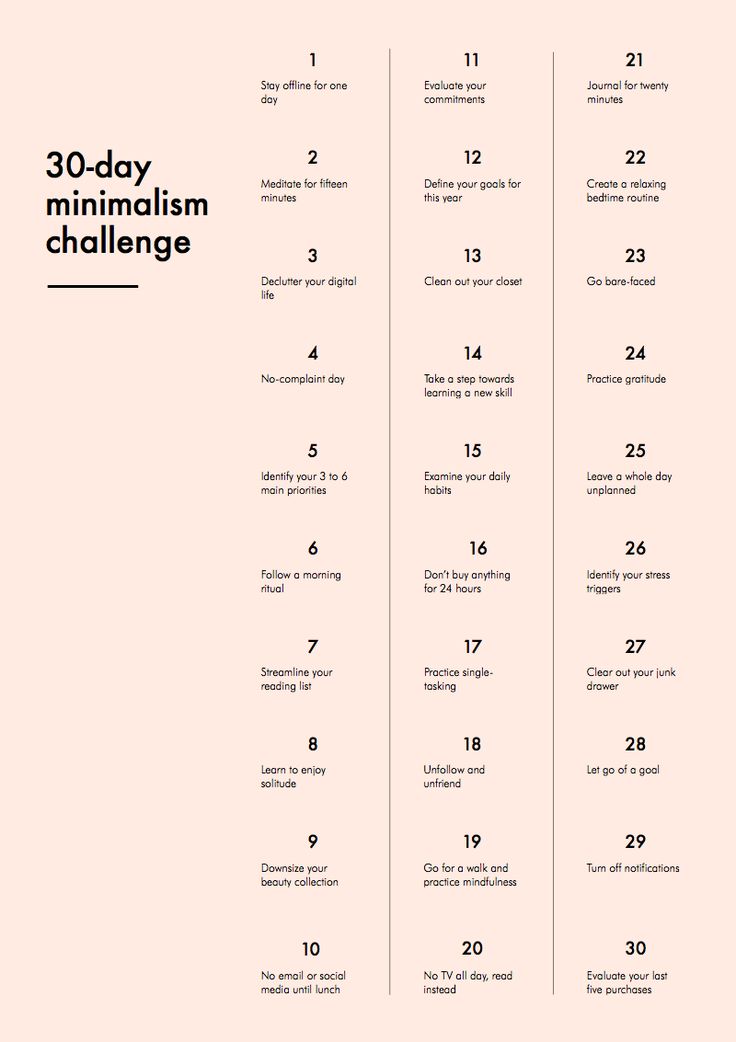 , Cahn, B. R., MacLean, K., Estrada, M., Mills, P., Murphy, M., Shapiro, S., Radin, D., Josipovic, Z., Presti, D. E., Sapiro, M., Bays, J. C., Russell, P., Vago, D., Travis, F., Walsh, R., & Delorme, A. (2018). Future directions in meditation research: Recommendations for expanding the field of contemplative science. PLoS One, 13(11), e0205740.
, Cahn, B. R., MacLean, K., Estrada, M., Mills, P., Murphy, M., Shapiro, S., Radin, D., Josipovic, Z., Presti, D. E., Sapiro, M., Bays, J. C., Russell, P., Vago, D., Travis, F., Walsh, R., & Delorme, A. (2018). Future directions in meditation research: Recommendations for expanding the field of contemplative science. PLoS One, 13(11), e0205740. - Zeidan, F., Martucci, K. T., Kraft, R. A., McHaffie, J. G., & Coghill, R. C. (2014). Neural correlates of mindfulness meditation-related anxiety relief. Social, Cognitive and Affective Neuroscience, 9(6), 751–759.
3 Simple Meditation Techniques for Relaxation and Self-Knowledge
There are quite a number of meditation techniques that have been developed by yogi practitioners over the centuries. Among them, there are both very complex ones and those that anyone can do right in the office. To do this, you need to be left alone for at least 15 minutes. A bench in the shade of trees in a summer park is also suitable.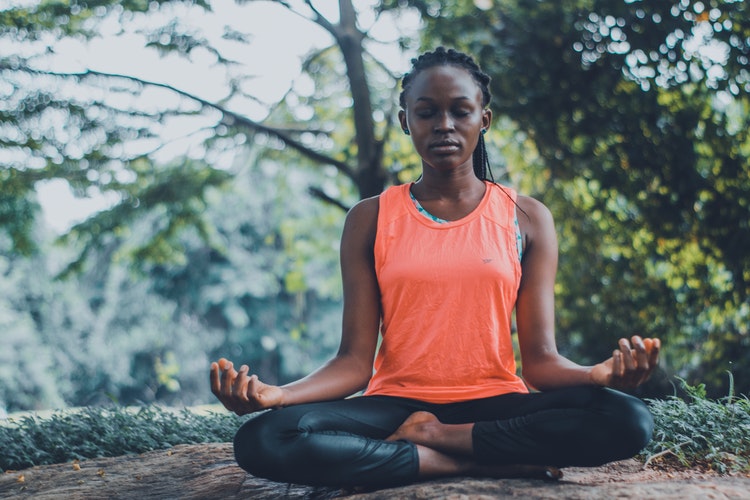
©photo
Meditation allows us to calm our body and mind, look into ourselves and perhaps find hidden reserves. But in order for this to work, at first (at least 2 months) you need to practice every day, and then reduce classes to 2 times a week. You understand that if you do it from time to time, you are unlikely to get the desired effect.
One-four-two breathing
Deep breathing is one of the simplest and most effective techniques, which is available not only to those who have been practicing for a long time, but also to beginners.
Method:
1. Find a nice, quiet place where you won't be disturbed for 10-15 minutes.
2. Sit in a comfortable position, making sure to keep your back straight. This may be a Turkish leg position on the floor, or it may be a comfortable chair, but at the same time, the legs must be on the ground with a full foot.
3.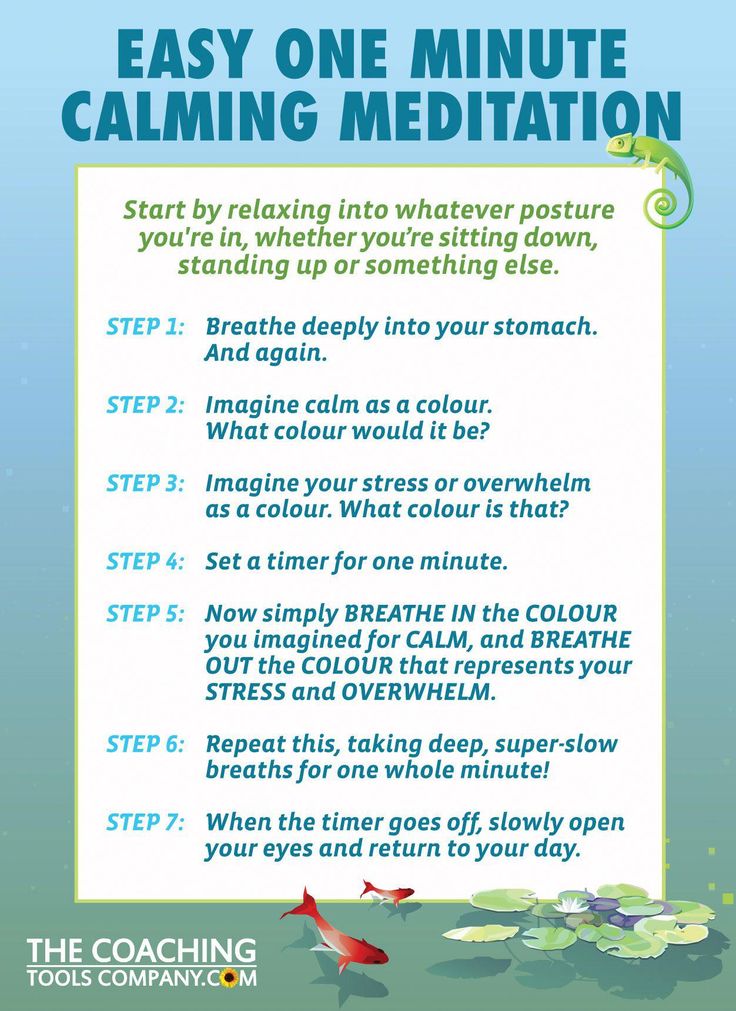 Close your eyes and place your hands on your knees, palms up.
Close your eyes and place your hands on your knees, palms up.
4. Just watch your breath for a few minutes. Be aware and feel the air passing through your nostrils and throat. Feel your chest rise and fall as you breathe. Notice how the tension gently leaves your body along with the exhaled air through your mouth.
5. When you feel that your body is relaxed, change the rhythm of your breathing. Take a deep breath for a count of one, then hold your breath for four seconds, and exhale slowly for a count of two.
6. Continue breathing one-four-two, focusing your attention on the breath, for 10 minutes.
Alternatively, you can do this with special meditative music with chimes at certain intervals. This way you can track your meditation time in a more relaxed and enjoyable way.
Candle Meditation
You won't be able to do this in the office, so it's best to try this method at home. At the heart of any meditation is the ability to concentrate your attention on an object.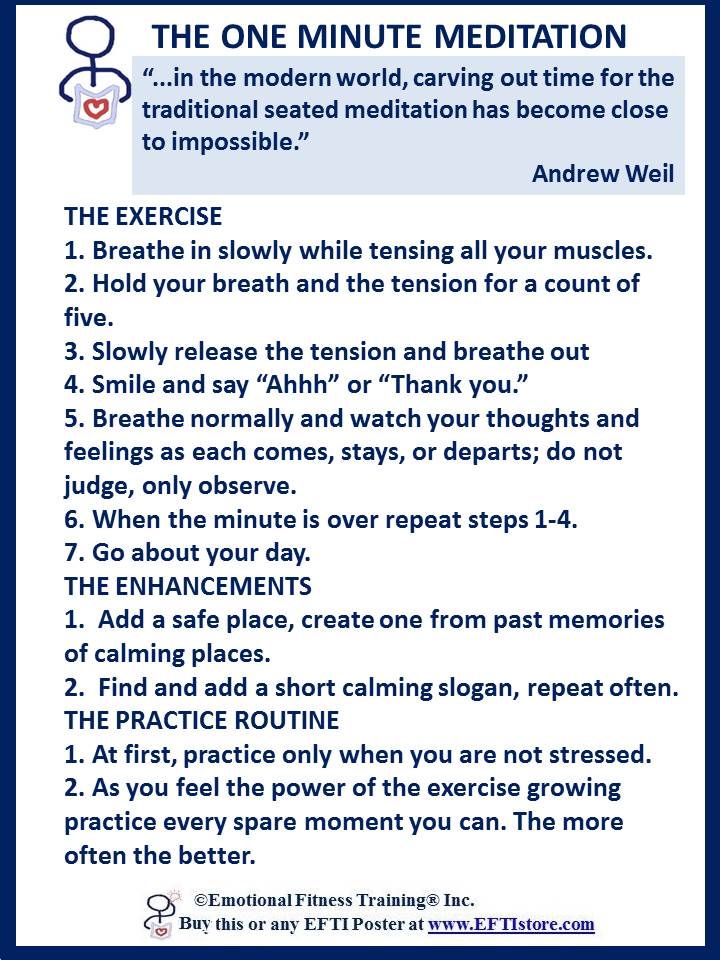 Our body and mind are completely relaxed, but at the same time we are focused on a particular subject. This is quite difficult, given that in our time of multitasking, our consciousness only does what it switches in a short period of time between several tasks. Some manage to do them almost simultaneously. But as it has been noted more than once, the successful completion of a task lies in cutting off everything superfluous and concentrating on a specific goal. The practice of meditation with candles will help us with this.
Our body and mind are completely relaxed, but at the same time we are focused on a particular subject. This is quite difficult, given that in our time of multitasking, our consciousness only does what it switches in a short period of time between several tasks. Some manage to do them almost simultaneously. But as it has been noted more than once, the successful completion of a task lies in cutting off everything superfluous and concentrating on a specific goal. The practice of meditation with candles will help us with this.
Method:
1. Turn off all lights (if it is evening) or cover windows with curtains.
2. Sit in a comfortable position with your back straight.
3. Light a candle and place it at eye level and at arm's length.
4. Focus your eyes on the tip of the candle flame, blinking as little as possible. Your eyes may start to water while doing this technique, but that's good (one of the reasons this meditation technique helps improve vision).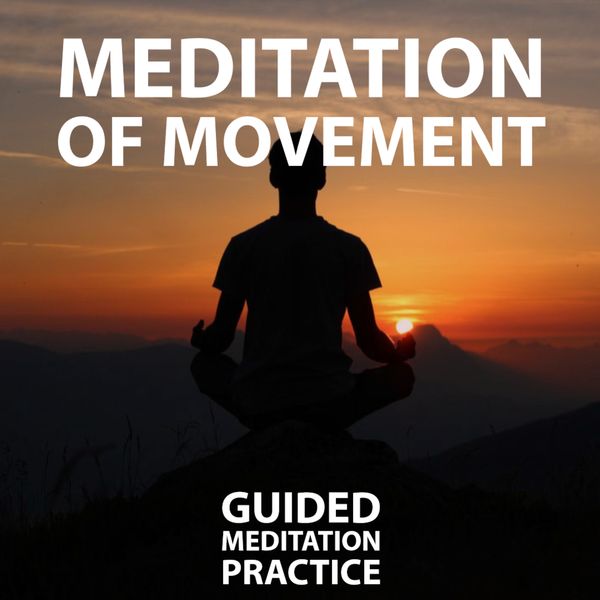
5. Let the candle flame fill your consciousness. If distracting thoughts start to creep into your head, try to focus again on the candle flame.
6. After a few minutes, close your eyes and focus on the image of the flickering and dancing candle flame in your mind.
7. Open your eyes and take a few deep breaths.
Body Awareness Meditation
There are thousands of chemical processes going on in our body, but we do not notice them. Being aware of your body, feeling it from the top of your head to your toes, is another great way to relax and focus. There is only one thing you should be aware of - if the position is very comfortable, you can just fall asleep :)
Method:
1. Sit or lie down in a comfortable position. If you are sitting, remember to keep your back straight!
2. Breathe deeply. Imagine tension leaving your body with each exhalation.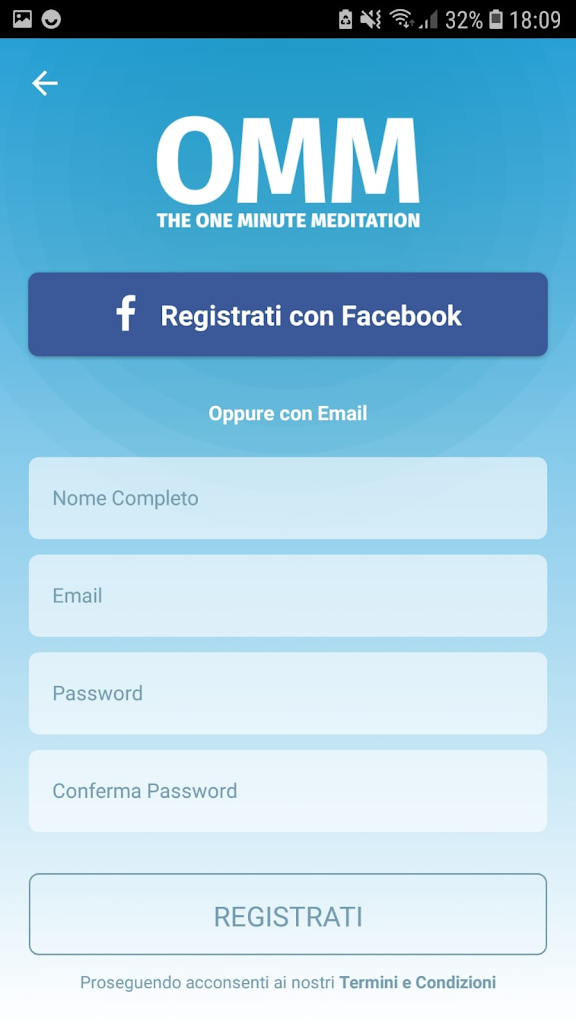 If you are distracted by any discomfort in your body, try to find a position in which you can completely relax.
If you are distracted by any discomfort in your body, try to find a position in which you can completely relax.
3. Transfer your attention to the tips of your toes, focus on the slightest sensations that arise in that place. Imagine how you direct your breath to your fingers, filling them with a feeling of warmth and energy.
4. When this area is completely relaxed, bring your attention up your body through your knees, arms, spine, face, all the way to the top of your head (crown).
5. Feel the warmth, relaxation and calm that completely envelops your body. After that, you feel full of energy and ready to cope with any tasks and life situations.
For me personally, the most difficult exercise is with a candle, as it has always been difficult for me to completely turn off the thought process. And the third technique is the most pleasant, because if you do it to meditative music, you can really fall asleep! So it’s better to do this at home and after finishing lie down in such a relaxed state for another 10 minutes.
7 Simple Quick Meditation Techniques
July 26, 2021Life
If you can't sit still, try these meditation techniques. They will not take much time, but will relieve you of stress and anxiety.
Share
0Children, work, meetings... Sometimes it's hard for us to find time to relax and be alone with ourselves. However, short rest breaks have a beneficial effect on our health and prevent the occurrence of many diseases.
1. Walk
When you walk in a park or forest, it's hard not to start meditating. Nature gives us strength and energizes us. You feel the scent of trees and flowers, listen to the birds singing. You are focused on the beauty that surrounds you, so you live in the present moment.
Meditation technique
Take a walk in a nearby park. If time permits, move away from civilization.
Breathe deeply, feel the fresh air fill your lungs. Listen to the rustle of leaves. Feel your own muscles.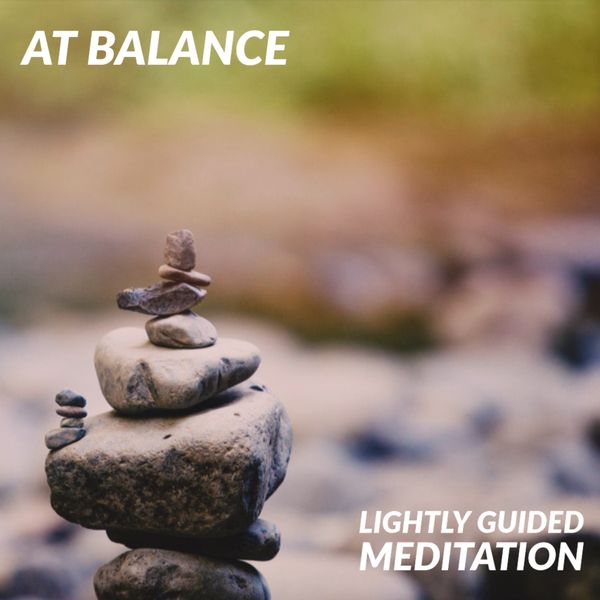 Feel your body. This is how you practice mindfulness.
Feel your body. This is how you practice mindfulness.
2. Dance
Dance is active meditation. Fast movements liberate a person both physically and spiritually. You focus on feelings and emotions rather than your thoughts. An example of a dance-meditation is the Sufi ritual "sama". The dancers spin around their axis to a special music and enter into a state of flow.
Meditation Technique
Any kind of dance will do for quick meditation.
Stand for a couple of minutes with your eyes closed. Breathe slowly through your nose. Turn on upbeat instrumental music. You need to discard unnecessary thoughts, and the words in the songs will only distract.
Don't be afraid to improvise and dance the way you want at the moment. You can even scream and sing loudly. Let yourself be completely lost in the music and dance.
Then lie down, close your eyes and be quiet for a few minutes.
3. Stretching
Sitting in front of the computer, we stretch our neck and stretch our back.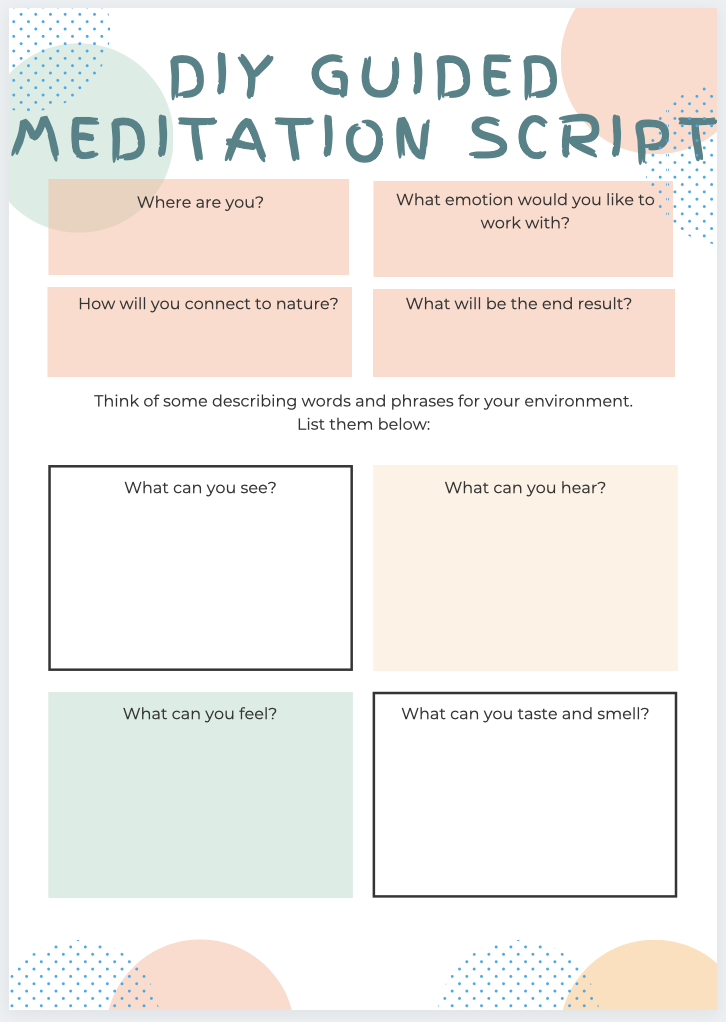 This eases the feeling of heaviness. Stretching will allow you to feel the moment and feel your body.
This eases the feeling of heaviness. Stretching will allow you to feel the moment and feel your body.
Meditation Technique
Find a quiet place where no one will disturb you. Turn on calm instrumental music or nature sounds.
Start by stretching your upper body. Pay attention to each muscle group.
Watch your breath. Feel your muscles stretch. Improvise according to your own feelings. Stretch slowly, moving like an animal.
Finish the stretch by warming up the toes. Lie down for a couple of minutes.
4. Mindful eating
When we eat, we often get distracted by something else. For example, we watch TV or sit in social networks.
Conscious eating not only calms, but also helps to lose weight. Focusing on taste sensations gives pleasure even from a small portion. If you eat slowly, your body becomes full faster.
Meditation technique
Try a simple exercise.
Take a raisin and study its texture in detail.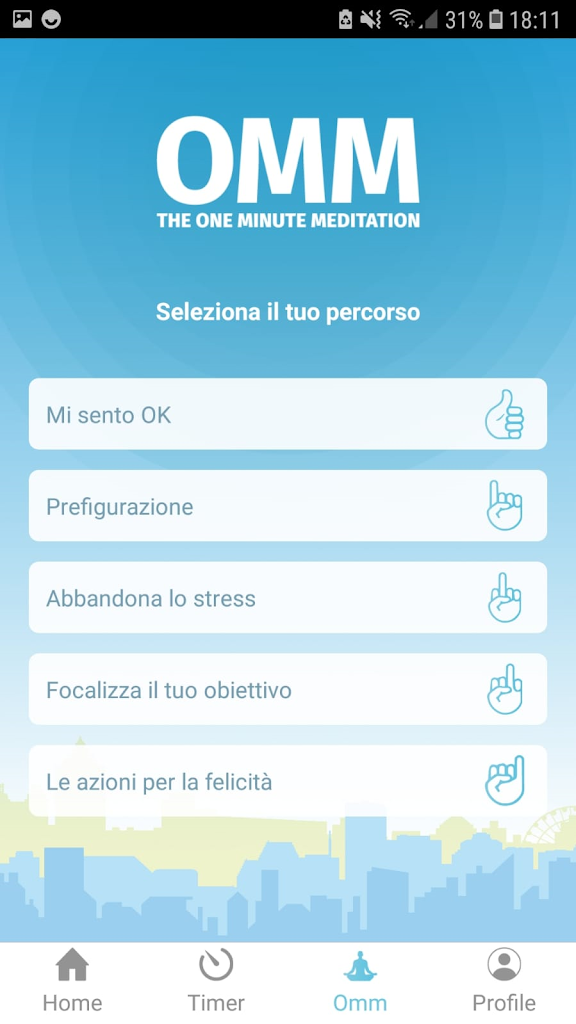 Take a look at its color and shape. Feel her scent.
Take a look at its color and shape. Feel her scent.
Put a raisin in your mouth, then slowly bite into it. Feel its taste and aroma. Chew and swallow it, paying attention to what your teeth, tongue and throat feel at this moment.
Repeat this exercise twice more. You will be surprised when you feel that you have had enough of just three raisins.
5. Drawing
Actually everyone can draw. Any creativity is a great way to better understand yourself. Drawing engages our senses and allows us to free ourselves from everyday problems.
Meditation technique
Take a coloring book and turn it upside down. Cover it with a sheet of paper, leaving only a few lower centimeters uncovered. On another sheet of paper, draw what you see.
Then open the coloring page a few more centimeters. Keep drawing until you're done drawing.
Many imagine what a drawing should look like. By simply copying random lines, you are concentrating on the process of drawing.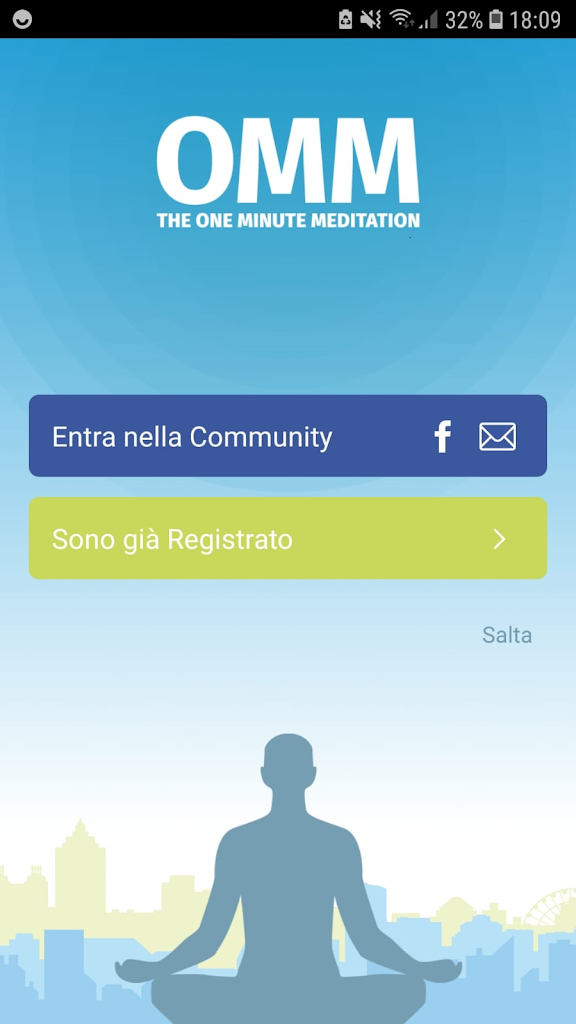 This is what meditation is.
This is what meditation is.
6. Alternate breathing
An adult person breathes alternately through two nostrils. The transition typically occurs every 75–200 minutes. Alternate breathing through the nostrils calms the mind and increases awareness.
Meditation technique
Take a comfortable position.
Close the right nostril with the thumb of the right hand and inhale deeply through the left. Drop your thumb. Close the left nostril with the little and ring fingers and inhale through the right. Then repeat the first step.
Repeat this round 3-5 times.
7. Daily activities
We don't even realize that we meditate every day. When washing dishes, brushing teeth or taking a shower. If you approach these actions more consciously, you can learn to enjoy them.
Meditation Technique
When taking a morning shower, don't think about upcoming things. Focus on the sounds of running water. Feel the drops running down your body.